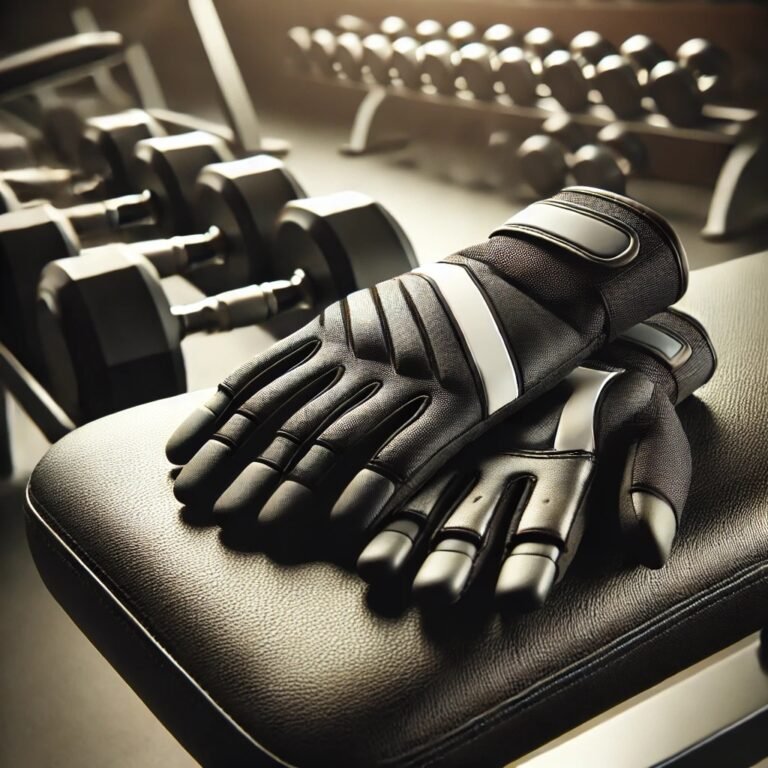Stretching is a fundamental part of any gymnast’s training routine, and understanding static vs dynamic stretching is key to optimizing performance and flexibility. Each type of stretching plays a unique role in preparing the body for movement and recovery, making them essential tools for gymnasts of all levels.
Dynamic stretching focuses on controlled, active movements that warm up the muscles and increase blood flow, making it perfect for pre-training routines. On the other hand, static stretching involves holding a stretch in place, helping to improve flexibility and relax the muscles after intense activity.
To learn more about stretches suitable for different skill levels, check out our blog post on Essential Stretches for Gymnasts: Beginner, Intermediate, and Advanced Levels. By incorporating both static and dynamic stretching into your training, you can enhance your range of motion, reduce the risk of injuries, and improve overall performance in gymnastics. Whether you’re a beginner or an experienced athlete, mastering these two types of stretching is crucial for achieving your goals.
Why Is Flexibility Important in Gymnastics?
Flexibility is a cornerstone of gymnastics, directly influencing performance and safety. It allows gymnasts to perform complex movements with precision and grace, achieving the full range of motion needed for skills like splits, backbends, and high jumps. Without proper flexibility, executing these movements can become difficult and strain the body, increasing the risk of injury.
Stretching plays a vital role in enhancing flexibility. Regular stretching improves muscle elasticity, making it easier for gymnasts to transition between movements smoothly while maintaining control over their body. Greater flexibility also supports better posture and alignment, which are critical for both balance and form during routines.
To dive deeper into the importance of flexibility for gymnasts, check out our detailed blog post: Why Is Flexibility Important in Gymnastics?. This resource explores how flexibility impacts performance and provides insights into developing a safer, more effective stretching routine.
Static vs Dynamic Stretching
Static and dynamic stretching are two distinct approaches to flexibility and mobility, each serving specific purposes in a gymnast’s routine.
Static Stretching
Dynamic Stretching
Static Stretching involves holding a stretch in one position for a set period, typically 15-60 seconds. This type of stretching is ideal for improving flexibility and cooling down after a workout or routine. By holding the muscles in an elongated position, static stretching helps reduce muscle tension, promotes relaxation, and aids in recovery. For example, performing a seated forward fold after a training session can loosen tight hamstrings and lower back muscles.
Dynamic Stretching, on the other hand, consists of controlled, continuous movements that gradually increase in range and intensity. It’s best suited for warming up as it helps to activate muscles, improve circulation, and prepare the body for physical activity. Movements like leg swings or arm circles are excellent examples of dynamic stretches that enhance mobility and readiness without overstretching the muscles.
In summary, static stretching is most effective for post-workout recovery and improving long-term flexibility, while dynamic stretching is perfect for warming up and priming the body for action. Both forms of stretching are essential components of a gymnast’s routine, ensuring optimal performance and reducing the risk of injuries. If your getting into stretching or looking for some new ones to help with your flexibility check out our gymnastics stretches for beginners here and if your looking for more advanced gymnastics stretching check it out here
Static Stretches
Static stretches are essential for improving flexibility and aiding in muscle recovery. Here are examples of static stretches for different levels of experience, along with instructions and the muscle groups they target.
Static Gymnastics Stretches for Beginners

Seated Forward Fold
- How to Perform: Sit on the floor with your legs extended straight in front of you. Reach forward with your hands, aiming to touch your toes while keeping your back straight. Hold the position for 20-30 seconds.
- Muscle Groups Targeted: Hamstrings, lower back, and calves.
Butterfly Stretch
- How to Perform: Sit on the floor with your feet together, knees bent and pointing outward. Hold your feet with your hands and gently press your knees towards the floor. Hold for 20-30 seconds.
- Muscle Groups Targeted: Inner thighs and hips.
Intermediate Stretches for Gymnastics

Standing Quad Stretch
- How to Perform: Stand on one leg and grab your opposite foot with your hand, pulling it gently toward your glutes. Keep your knees close together and hold the position for 20-30 seconds on each side.
- Muscle Groups Targeted: Quadriceps and hip flexors.
Seated Straddle Stretch
- Muscle Groups Targeted: Hamstrings, inner thighs, and lower back.
- How to Perform: Sit on the floor with your legs spread wide apart. Lean forward, reaching your hands towards one foot, then the other, and finally to the centre. Hold each position for 20-30 seconds.
Advanced Stretches for Gymnastics

Split Hold
- How to Perform: Slowly lower into a front split, keeping your front leg straight and your back leg extended behind you. Use your hands for balance and hold the position for 30-60 seconds.
- Muscle Groups Targeted: Hamstrings, hip flexors, and glutes.
Back Bridge
- Muscle Groups Targeted: Back, shoulders, and hip flexors.
- How to Perform: Lie on your back with your knees bent and feet flat on the floor. Place your hands by your ears, palms down, and push your hips and chest upward into a bridge. Hold for 15-30 seconds.
Incorporating these static stretches into your routine can improve flexibility, enhance recovery, and support better overall performance in gymnastics. Adjust the intensity and duration based on your level of experience.
Dynamic Stretches
Dynamic stretches are perfect for warming up, as they prepare your muscles for movement by promoting blood flow and enhancing mobility. Below are examples of dynamic stretches for different skill levels, along with instructions and the muscle groups they target.
Dynamic Gymnastics Stretches for Beginners

Arm Circles
- How to Perform: Stand with your arms extended out to your sides. Make small circles with your arms, gradually increasing their size. Reverse the direction after 15-20 seconds.
- Muscle Groups Targeted: Shoulders and upper arms.
Leg Swings
- Muscle Groups Targeted: Hip flexors, hamstrings, and glutes.
- How to Perform: Stand on one leg and hold onto a wall or support for balance. Swing the other leg forward and backward in a controlled motion. Repeat for 10-15 swings on each leg.
Image from Skimble
Intermediate Stretches for Gymnastics

High Knees
- How to Perform: Run in place, bringing your knees up to waist level with each step. Keep your back straight and arms pumping as you perform the movement for 20-30 seconds.
- Muscle Groups Targeted: Quads, hip flexors, and calves.
Walking Lunges
- Muscle Groups Targeted: Quads, glutes, and hamstrings.
- How to Perform: Step forward with one leg into a lunge position, keeping your knee above your ankle. Push off with your back leg and step into a lunge with the opposite leg. Continue for 10-12 steps.
Image from DMoose
Advanced Stretches for Gymnastics

Dynamic Split Kicks
- How to Perform: Stand tall and swing one leg upward in a kicking motion while keeping it straight. Alternate legs and repeat for 10-15 kicks per leg. Focus on maintaining control and balance.
- Muscle Groups Targeted: Hamstrings, hip flexors, and glutes.
Deep Lunge Twists
- Muscle Groups Targeted: Hip flexors, quads, and core.
- How to Perform: Step into a deep lunge position with your front knee at a 90-degree angle. Place your opposite hand on the floor for support and twist your torso, reaching your other hand upward. Alternate sides for 8-10 reps per leg.
Image from Deep Freeze
Incorporating these dynamic stretches into your warm-up routine can enhance mobility, increase muscle activation, and reduce the risk of injuries, setting you up for optimal performance. Adjust the intensity based on your comfort and skill level.
Conclusion
Incorporating both static and dynamic stretching into your routine is essential for any gymnast aiming to enhance performance, improve flexibility, and reduce the risk of injury. Each type of stretching serves a unique purpose: dynamic stretches prepare your body for activity by warming up your muscles and increasing mobility, while static stretches promote recovery and long-term flexibility by relaxing and lengthening the muscles after training.
Tailoring your stretching routine to your specific goals, skill level, and phase of training is key. Use dynamic stretches during your warm-up to activate muscles and improve range of motion. After practice or a workout, focus on static stretches to cool down and aid in recovery. By understanding and applying these principles, you can build a balanced approach to flexibility and achieve greater success in gymnastics.






2 Comments
Comments are closed.